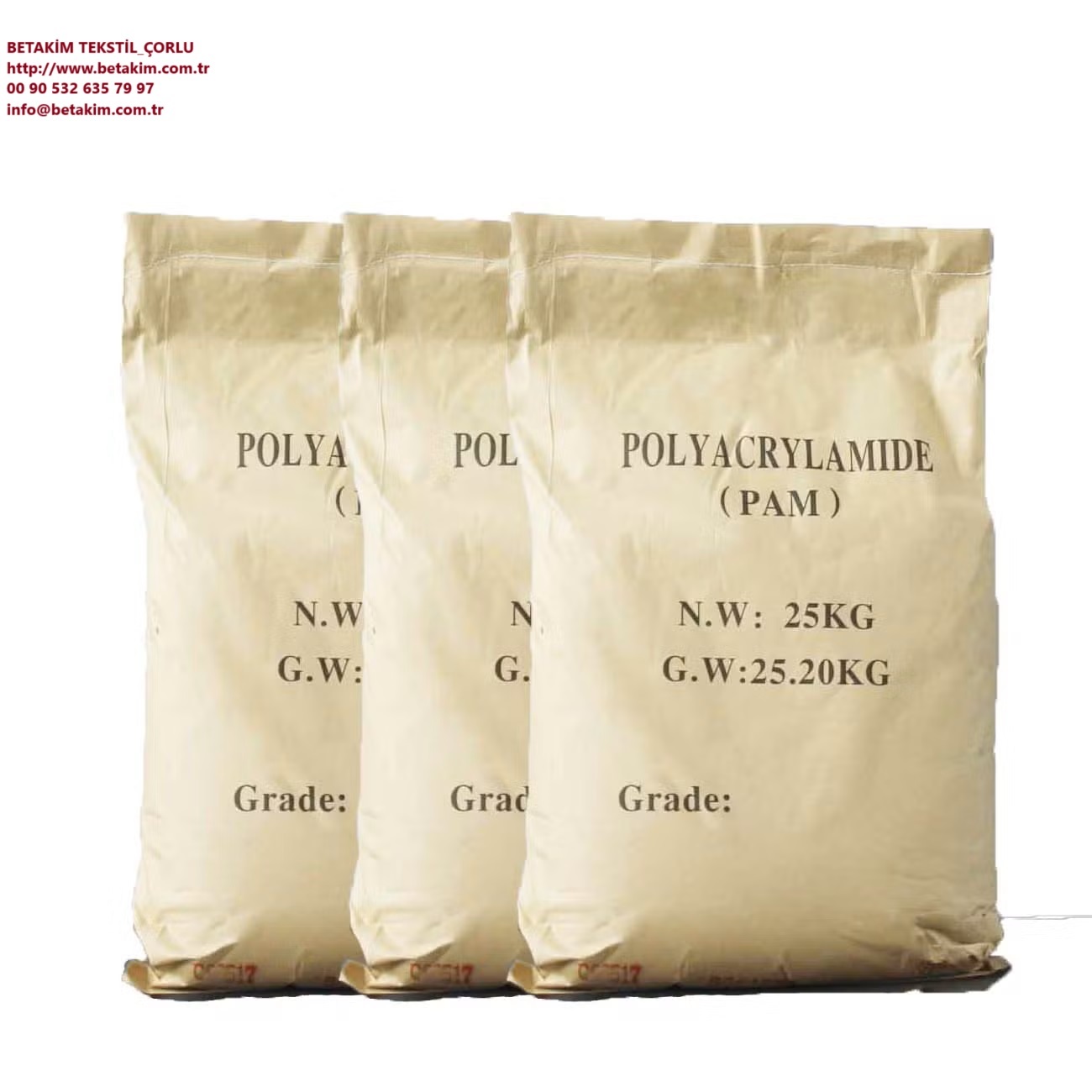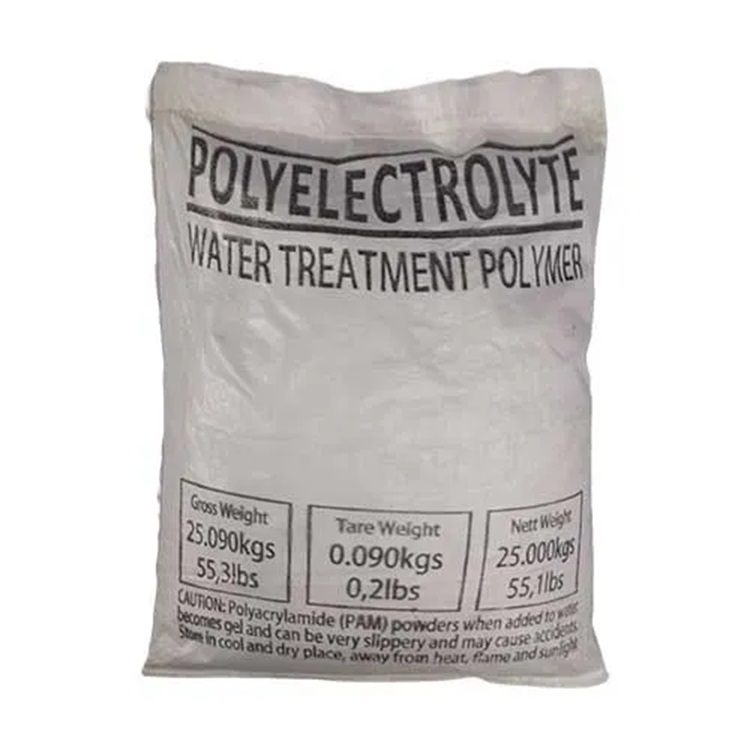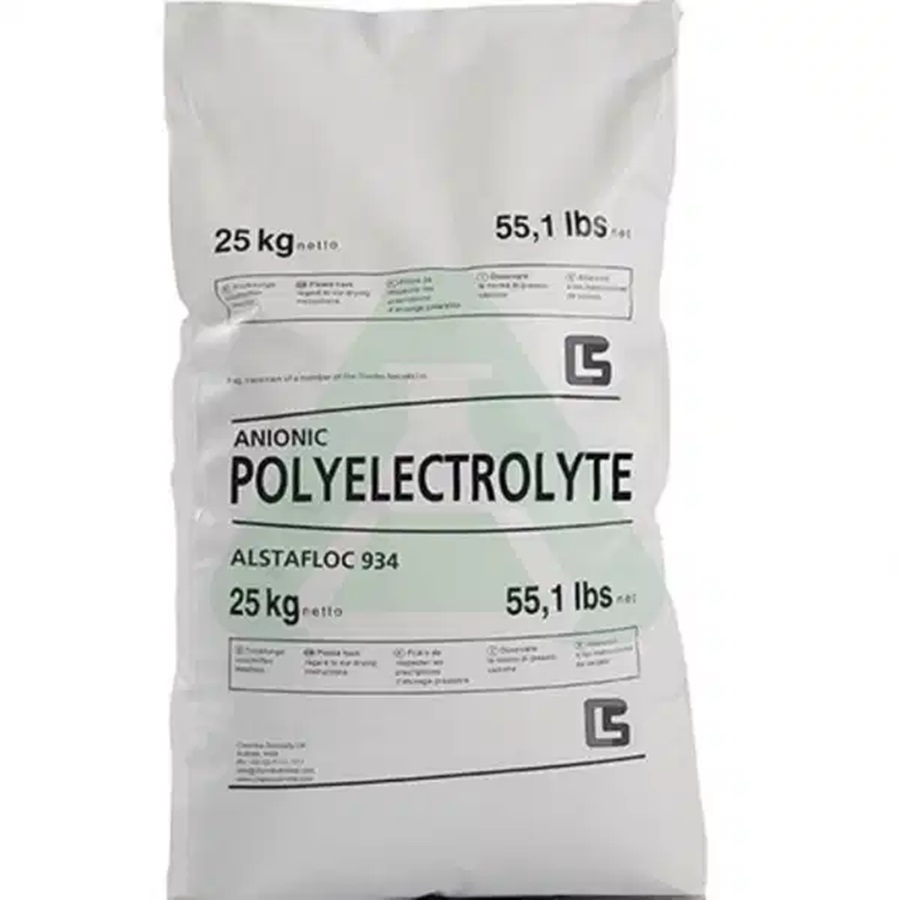We unleash your business potential by maximize the business innovation.
Send EmailPOLYELECTROLYTE ANIONIC, Poly(acrylamide), Poly Acryl Amide, 9003-05-8
CAS: 9003-05-8
Molecular Formula: [CH2CH(CONH2)]n
Names and Identifiers
Physico-chemical Properties
| Molecular Formula | [CH2CH(CONH2)]n |
| Molar Mass | 71.0785 |
| Density | 1.3 |
| Water Solubility | SOLUBLE |
| Solubility | is a water-soluble polymer |
| Appearance | White or milk-colored flowable powder |
| Storage Condition | Room Temprature |
| Sensitive | Easily absorbing moisture |
| MDL | MFCD00084392 |
| Physical and Chemical Properties |
density 1.3 |
| Use | Polyacrylamide is an important water-soluble polymer, and has many valuable properties, such as flocculation, thickening, shear resistance, resistance reduction and dispersion. These properties vary with the ion of the derivative. Therefore, it is widely used in oil production, mineral processing, coal washing, metallurgy, chemical industry, paper making, textile, sugar making, medicine, environmental protection, building materials, agricultural production and other departments. |
Risk and Safety
| Safety Description | S24/25 - Avoid contact with skin and eyes. |
Upstream Downstream Industry
| Raw Materials | Acrylonitrile Acrylamide |
Nature
cationic, Anionic, molecular weight between 400~18 million, the appearance of the product is white or slightly yellow powder, liquid is colorless viscous colloid, soluble in water, when the temperature exceeds 120 ° C, it is easy to decompose. Polyacrylamide can be divided into the following types: anion
Type, cationic, non-ionic, complex ionic. Colloidal products are colorless, transparent, non-toxic, non-corrosive. The powder is white granular. Both can be dissolved in water, but almost insoluble in organic solvents. Different varieties, different molecular weight products have different properties.
Preparation Method
The AM aqueous solution and the cationic monomer were first poured into a dosing tank in proportion, and desalted water was added to the desired concentration. Then, the prepared solution was put into a reaction vessel, a polymerization additive was added, an initiator was added under the protection of nitrogen, and the polymerization was sealed for several hours to obtain a colloidal polymer. The polymer is cut and broken, and the broken small rubber block is dried and crushed to obtain the final product.
Use
for the removal of suspended matter in industrial water and sludge concentration and dehydration, industrial and domestic sewage treatment plant sludge concentration and dehydration; Paper industry wastewater treatment and filter aid, retention, enhancement with the agent; for metal and mining, food fermentation, chemical industry product concentration, wastewater treatment; For oily wastewater treatment and oilfield chemicals.
POLYELECTROLYTE ANIONIC
General Information:
Water-soluble polymers are used in a wide variety of industrial applications.
A significant class of these polymers are acrylamide-based polymers, which carry a negative charge along the polymer chain and are called anionic polyelectrolytes. These negatively charged polymers are frequently used as flocculants, rheology control agents and adhesives.
Area of use
Paper production, mining and water treatment processes also benefit from the use of acrylamide-based polymers for the flocculation of solids in solid dispersions.
Acrylamide-based polymers are obtained by free radical polymerization of acrylamide and its derivatives, as well as bulk, solution, precipitation, suspension, emulsion and copolymerization techniques.
Among these, solution polymerization is a preferred technique due to the difficulty in controlling temperature and agitation in bulk polymerization and the cost of surface active (surfactant) agents and solvents for suspension, emulsion and precipitation polymerization.
Anionic polymers can interact with particles in aqueous dispersions in a variety of ways that result in the stability or instability of the dispersions.
Particles in solid-liquid phases can be destabilized by three main mechanisms that promote aggregation and cause destabilization.
These mechanisms are polymer bridging, charge neutralization, and polymer adsorption. Particles in solid-liquid phases can be stabilized by anionic polymers through both electrostatic and steric repulsive forces.
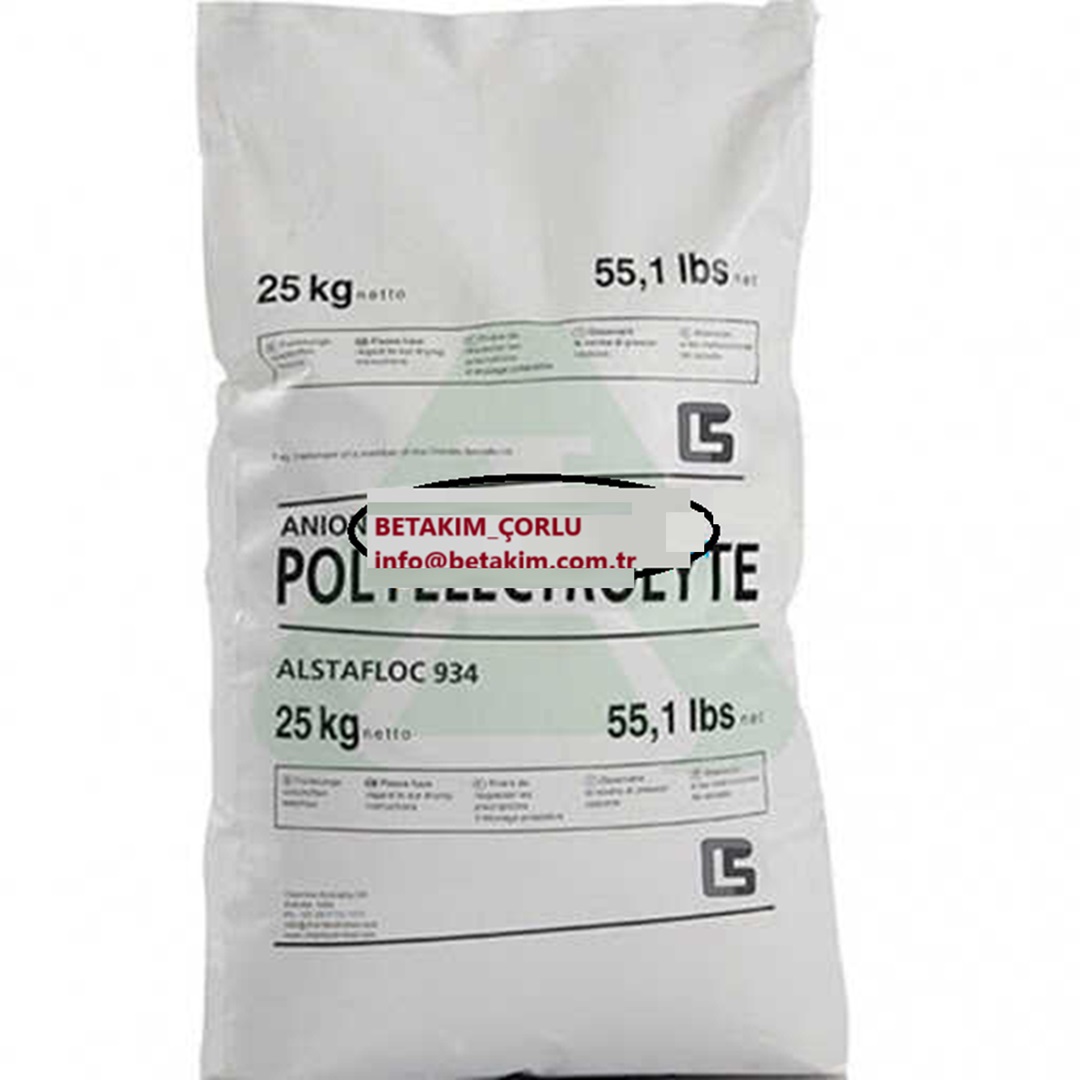
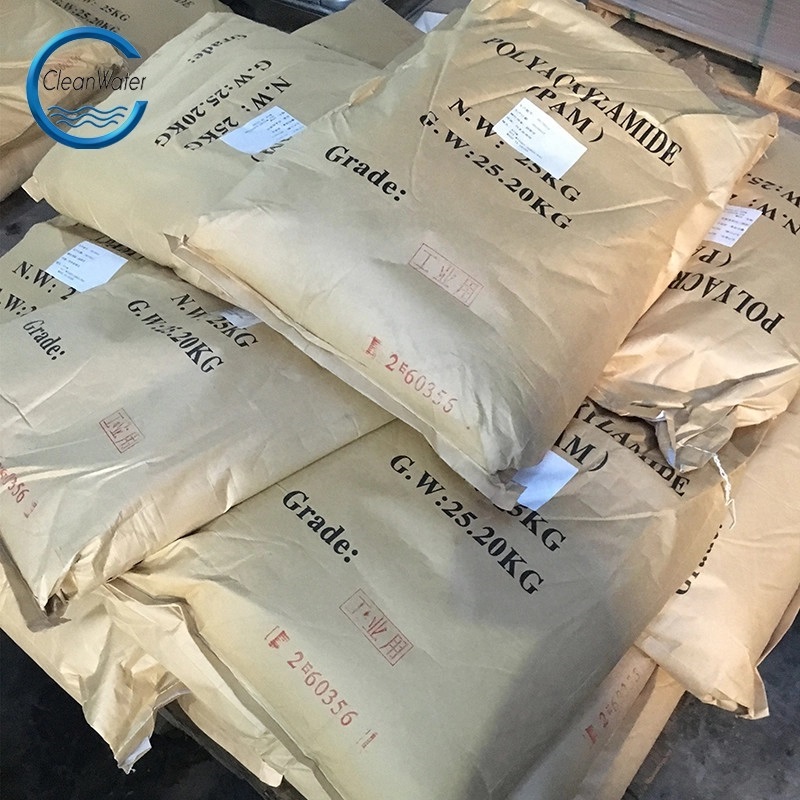
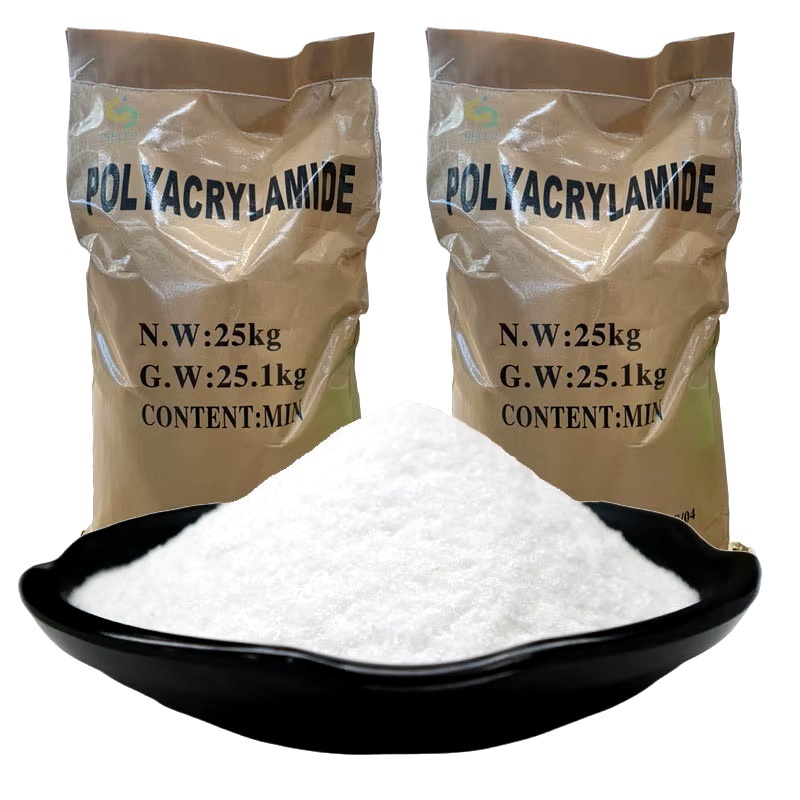
, Poly Acryl Amide, 9003-05-8 .jpg)
